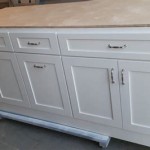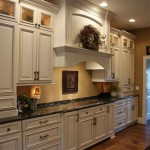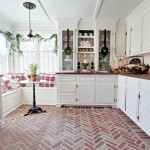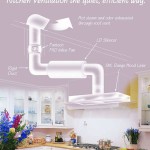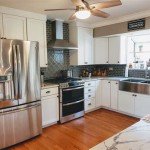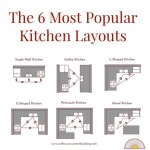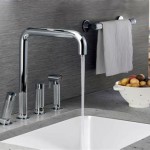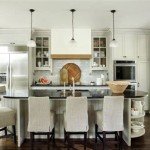Recessed lighting is a popular choice for kitchen lighting, providing a modern and subtle look to the room. It’s especially useful for highlighting specific areas in the kitchen, such as kitchen islands and countertops. But with so many different types of recessed lighting on the market, it can be difficult to choose the right one for your kitchen. Here are some tips to help you make the best choice.
Types of Recessed Lighting
The two main types of recessed lighting are LED and incandescent. LED lights are more energy-efficient and last longer than incandescent lights, but they can be more expensive. Incandescent lights are more affordable but use more energy and need to be replaced more frequently. Another option is halogen lights, which provide a bright light but use more energy than LED lights.
Choosing the Right Size
When choosing recessed lighting for your kitchen, it’s important to select the right size for the space. As a general rule, recessed lights should be at least 3 feet apart to ensure that they are evenly spaced. If you choose lights that are too close together, they can create glare and make the room appear dark. Additionally, if the recessed lights are too far apart, they won’t provide enough light for the room.
Considering the Trim
The trim of a recessed light can make a big difference in the look of the room. Trim can be either white or black and can have different shapes, such as square, round, or rectangular. It’s important to choose a trim that complements the other elements in the room, such as the cabinets, countertops, and flooring.
Choosing the Right Wattage
When selecting recessed lighting for your kitchen, it’s important to choose the right wattage for the space. The wattage should be based on the size of the room and the amount of natural light that is available. If the room is large or has a lot of windows, you may need higher wattages. On the other hand, if the room is small, you may only need lower wattages.
Making the Final Decision
Choosing the right recessed lighting for your kitchen can be a difficult task, but it’s also important to ensure that the lighting is energy-efficient and provides the right amount of light for the room. Consider the size, wattage, and trim of the lights to ensure that they will fit in with the overall design of the kitchen and provide the best lighting for the space.














Related Posts

